MY TAKE: The no. 1 reason ransomware attacks persist: companies overlook ‘unstructured data’
The Last Watchdog
SEPTEMBER 18, 2018
One reason for the enduring waves of ransomware is that unstructured data is easy for hackers to locate and simple for them to encrypt. I talked with Jonathan Sander, Chief Technology Officer with STEALTHbits Technologies , about this at Black Hat USA 2018. Ransomware “is encrypting files, unstructured data.” Ransomware target.


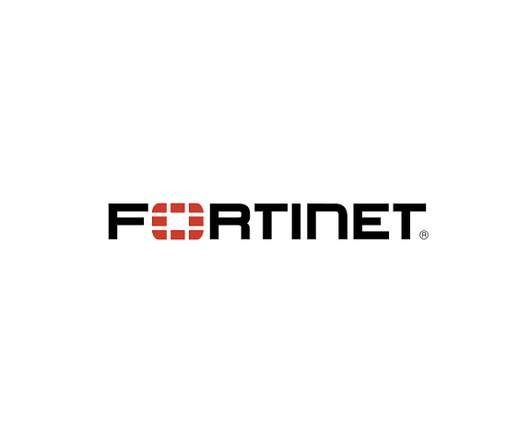
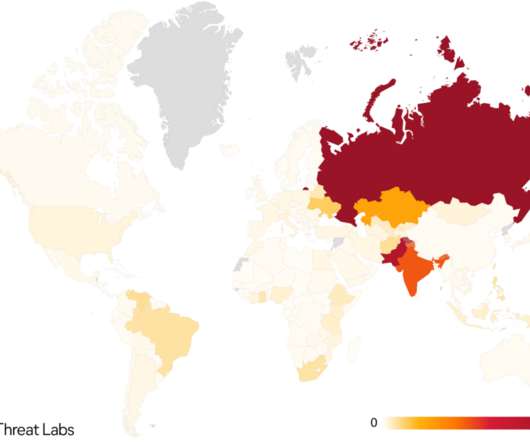

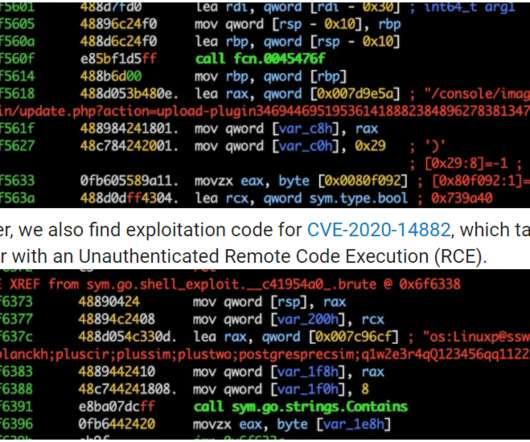
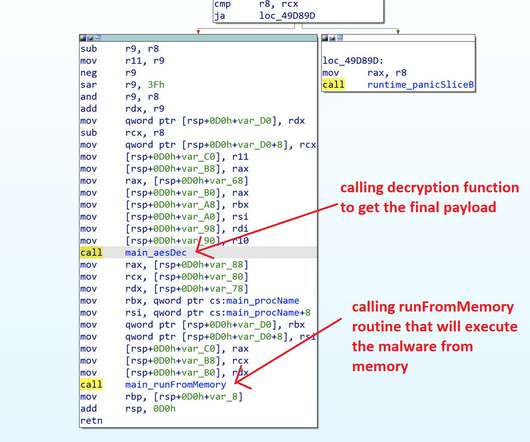
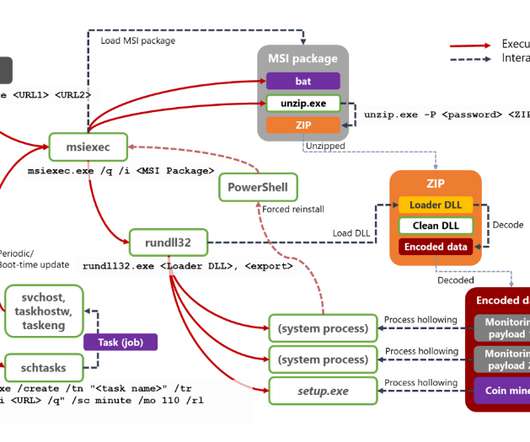








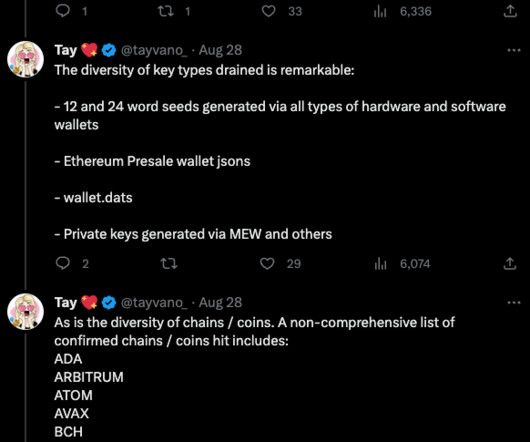

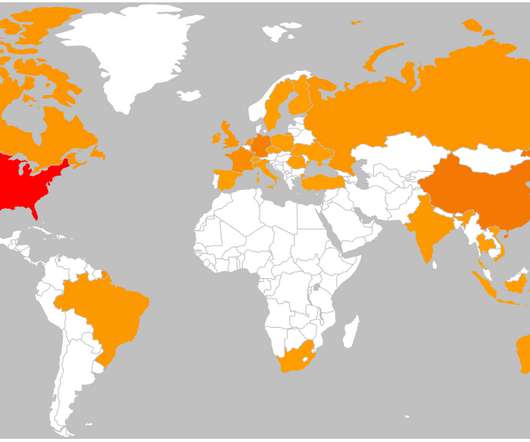

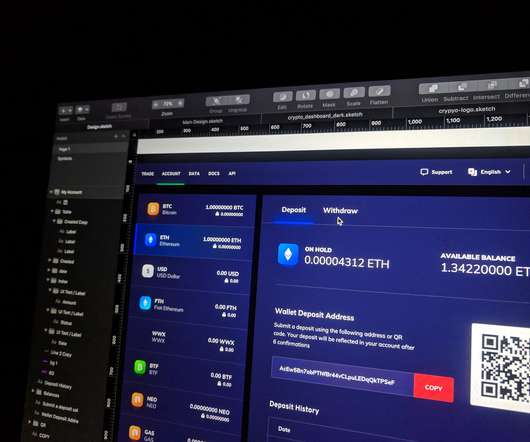














Let's personalize your content